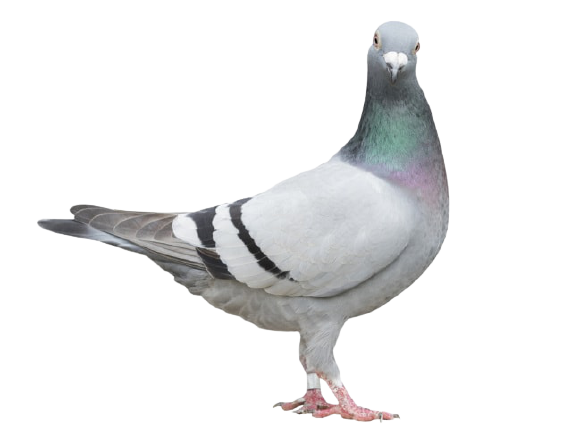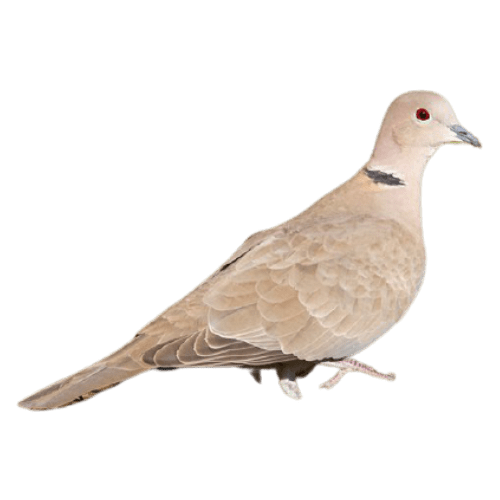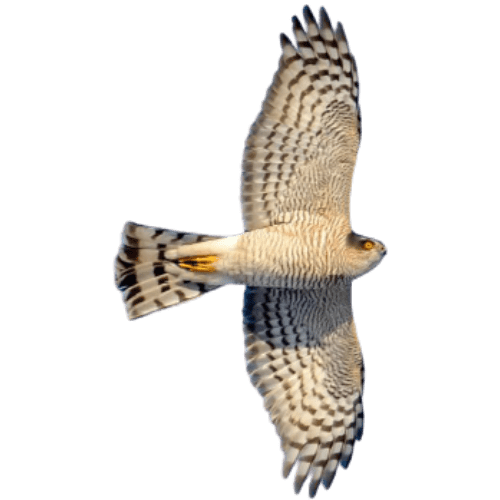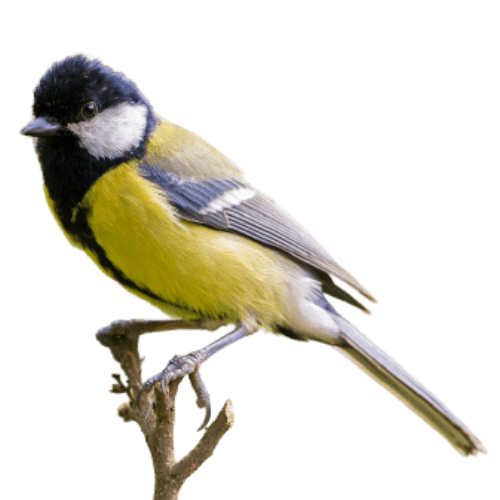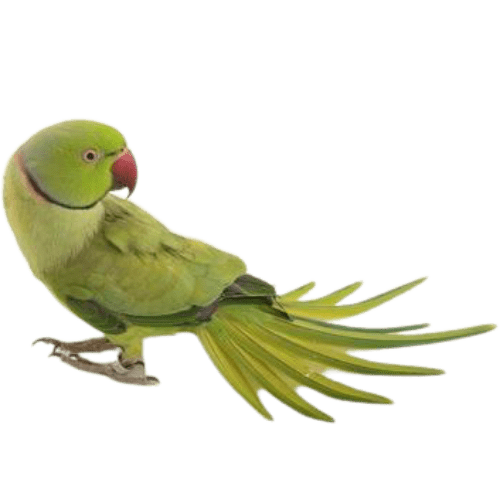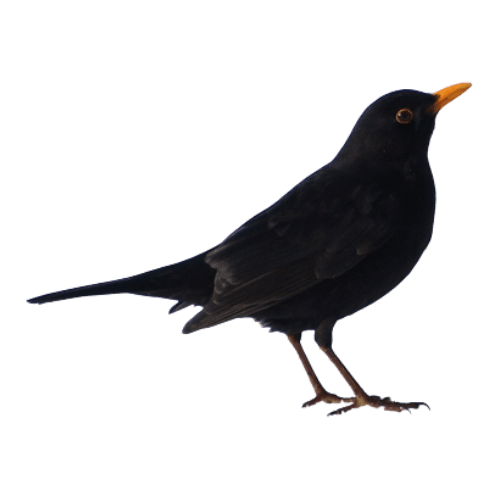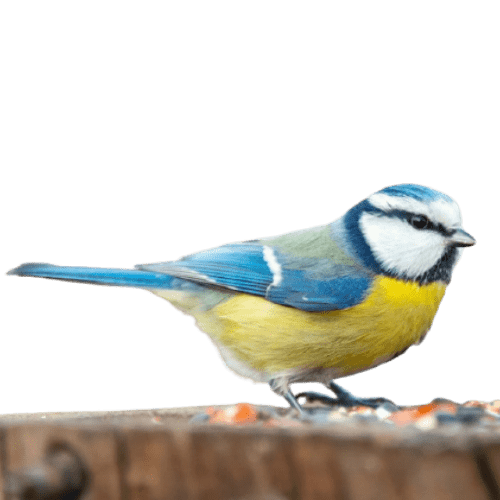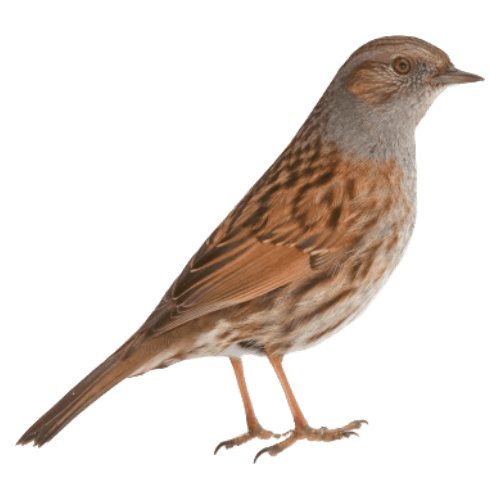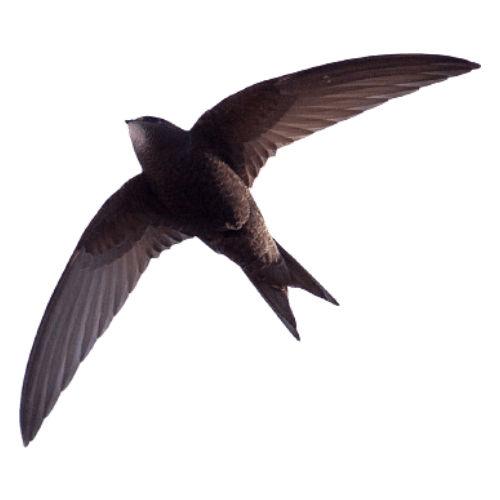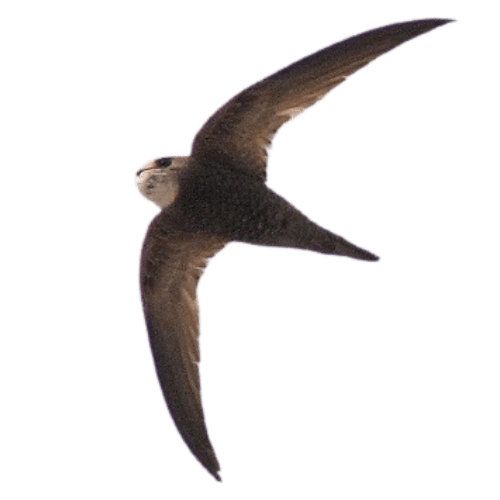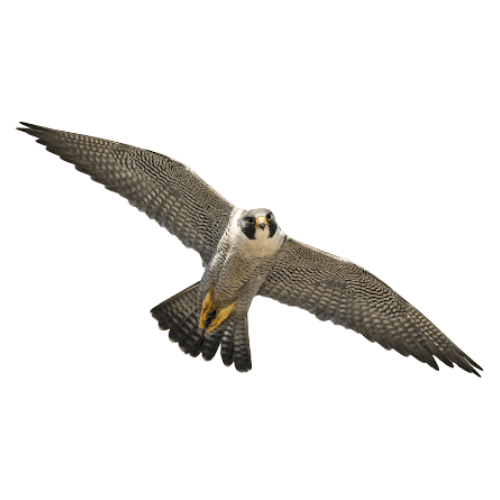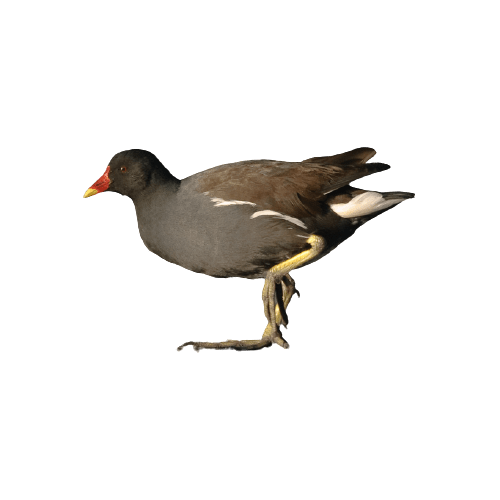BAM birds
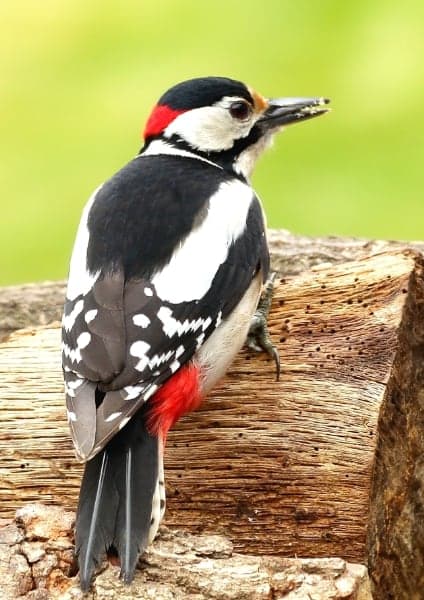
Great spotted woodpecker
dedrocopos major
The great spotted woodpecker (Dendrocopos major (Linnaeus, 1758)) is a medium-size woodpecker with black and white plumage and a red patch on the lower part of the abdomen. The males and juveniles also have red patches on the neck and head. It is widespread in most of Eurasia and in some areas of North Africa. Even though there is a resident species in most of its distributional area, the specimens of the northern regions may migrate after poor yields of pine cones. Some individuals have an innate tendency to wander, and this has led the species to recolonise Ireland spontaneously or to makes its appearance as an occasional visitor in North America. Great spotted woodpeckers use their beaks as a chisel to hollow out trees in search for food or to build cavities where they build their nests, and to drum to stay in contact and to announce their possession of a territory. They present particular anatomic adaptations to cope with physical stresses caused by the hammering action.
- Length: 20-24 cm.
- Wingspan: 34-39 cm.
- Plumage: it is mostly black and white with a red patch on the lower part of the abdomen. Males have a red zone also on the crown.
- Weight: Approx. 70-98 g.
The great spotted woodpecker is common in all types of forest areas and has a widely varying diet since it is able to extract seeds from pine cones, insect larvae from inside trees or eggs and nestlings of other birds from their nests. It nests in cavities hollowed out in trees, whether living or dead, with the bottom covered with chips. Every clutch usually includes four to six shiny white eggs. Both parents devote themselves to the brooding, feeding the chicks and cleaning the nest. When the juveniles take off in flight, they still continue to be fed by their parent for about ten days, and each parent takes on the responsibility for feeding part of the clutch.
The great spotted woodpecker is closely related to other members of its genus. There is a large number of sub-species, some of which are so distinct as to be able to be considered potential new species. It occupies a huge distributional area, has a very numerous population and is not threatened on a vast scale, and so it is classified as a “species of least concern” by the International Union for Conservation of Nature (IUCN).




